 W
WThe Antinous Mondragone is a 0.95 m high marble example of the iconographic type of the deified Antinous, of c. 130 AD. It can be identified as him from the striated eyebrows, full lips, sombre expression and the head's twist down and to the right, whilst its smooth skin and elaborate, centre-parted hair mirror those of Hellenistic images of Dionysus and Apollo.
 W
WThe statue of the Aphrodite of Syracuse in the National Archaeological Museum of Athens (NAMA) with the inventory number 3524 is dated to the second century AD.
 W
WThe Apollo Belvedere is a celebrated marble sculpture from Classical Antiquity.
 W
WAn Apollo Citharoedus, or Apollo Citharede, is a statue or other image of Apollo with a cithara (lyre). Among the best-known examples is the Apollo Citharoedus of the Vatican Museums, a 2nd-century AD colossal marble statue by an unknown Roman sculptor. Apollo is shown crowned with laurel and wearing the long, flowing robe of the Ionic bard. The statue was found in 1774, with seven statues of the Muses, in the ruins of Gaius Cassius Longinus' villa near Tivoli, Italy. The sculptures are preserved in the Hall of the Muses, in the Museo Pio-Clementino of the Vatican Museums.
 W
WApollo Citharoedus, also known as Apollo Musagetes is a 2nd-century AD colossal marble statue of Apollo by an unknown Roman artist. It is a major example of the Apollo Citharoedus statue type.
 W
WThe Parian marble Athena Giustiniani or Giustiniani Minerva is an Antonine Roman marble copy of a Greek sculpture of Pallas Athena, of the late fifth-early fourth century BCE.
 W
WThe Column of Antoninus Pius is a Roman honorific column in Rome, Italy, devoted in AD 161 to the Roman emperor Antoninus Pius, in the Campus Martius, on the edge of the hill now known as Monte Citorio, and set up by his successors, the co-emperors Marcus Aurelius and Lucius Verus.
 W
WThe Column of Marcus Aurelius is a Roman victory column in Piazza Colonna, Rome, Italy. It is a Doric column featuring a spiral relief: it was built in honour of Roman emperor Marcus Aurelius and modeled on Trajan's Column.
 W
WCommodus as Hercules, also known as The Bust of Commodus as Hercules, is a marble portrait sculpture created sometime in early 192 AD. It is housed in the Capitoline Museums in Rome, Italy. Originally discovered in 1874 in the underground chambers of Horti Lamiani, it has become one of the most famous examples of Roman portraiture to date.
 W
WThe Equestrian Statue of Marcus Aurelius is an ancient Roman equestrian statue on the Capitoline Hill, Rome, Italy. It is made of bronze and stands 4.24 m tall. Although the emperor is mounted, it exhibits many similarities to standing statues of Augustus. The original is on display in the Capitoline Museums, with the one now standing in the open air of the Piazza del Campidoglio being a replica made in 1981 when the original was taken down for restoration.
 W
WA bust of Hadrian, the second-century Roman emperor who rebuilt the Pantheon and constructed the Temple of Venus and Roma, was formerly displayed in Pope Sixtus V's Villa Montalto and is now displayed at the British Museum in London. The bust is one of the Townley Marbles collected by Charles Townley (1737–1805) and sold by his heir Peregrine Edward Towneley at a reduced price to the British Museum in 1805. Unlike most busts of Hadrian and other emperors, it shows him in heroic nudity. The bust was found in Rome and is carved from Greek marble.
 W
WA Jupiter Column is an archaeological monument belonging to a type widespread in Roman Germania.
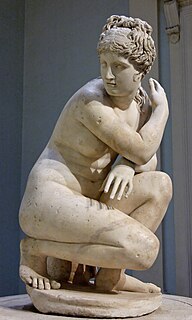 W
WThe Lely Venus is a marble statue of the crouching Venus type. It is a copy of a Hellenistic original by Doidalses of Bithynia and dates from the Antonine period.
 W
WThe Orpheus Monument is a Roman monument in Ptuj, Slovenia, an almost 5 metres (16 ft) high and about 1.8 metres wide stele, carved of white Pohorje marble. It is located at Slovene Square, the town's central square, in front of the Town Tower. It is the oldest public monument preserved in its original location in Slovenia, the largest discovered monument from the Roman province of the Pannonia Superior, and the symbol of Ptuj.
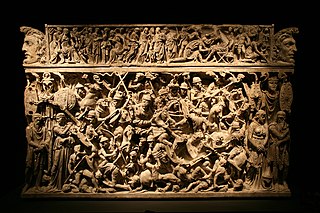 W
WThe Portonaccio sarcophagus is a 2nd-century ancient Roman sarcophagus found in the Portonaccio quarter of Rome and now held at the Museo Nazionale Romano. Dating to around 180, the sarcophagus was likely used for the burial of a Roman general killed in the German-Sarmatic campaign of Marcus Aurelius in the years 172–175. It is an example of private sculpture of the time, with visible influences from the design of the Column of Marcus Aurelius.
 W
WThe best known portrait of Caracalla is that held at the Vatican Museums and of which several copies are known.
 W
WThe Townley Caryatid is a 2.25m high Pentelic marble caryatid, depicting a woman dressed to take part in religious rites.
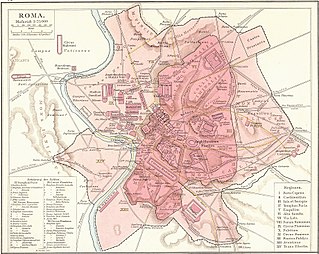 W
WTrajan's Column is a Roman triumphal column in Rome, Italy, that commemorates Roman emperor Trajan's victory in the Dacian Wars. It was probably constructed under the supervision of the architect Apollodorus of Damascus at the order of the Roman Senate. It is located in Trajan's Forum, north of the Roman Forum. Completed in AD 113, the freestanding column is most famous for its spiral bas relief, which artistically represents the wars between the Romans and Dacians. Its design has inspired numerous victory columns, both ancient and modern.
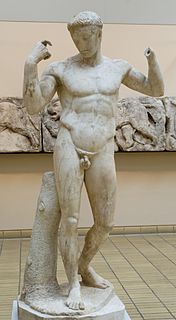 W
WThe Vaison Diadumenos is a life size marble statue of an athlete found at the Roman city of Vaison, southern France. Since 1870, it has been part of the British Museum's collection.
 W
WThe Votive relief of Jupiter Dolichenus was discovered in the ancient city of Perrhe in the kingdom of Commagene in the southeast of modern Turkey. It is now displayed in the Adıyaman Archaeological Museum.
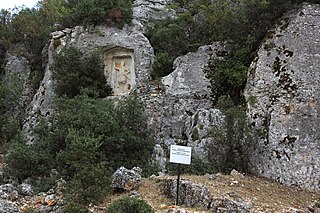 W
WThe Warrior relief of Efrenk is a rock relief from the Greco-Roman period, probably the 2nd century AD, located by the Lamos river in Cilicia, southern Turkey.